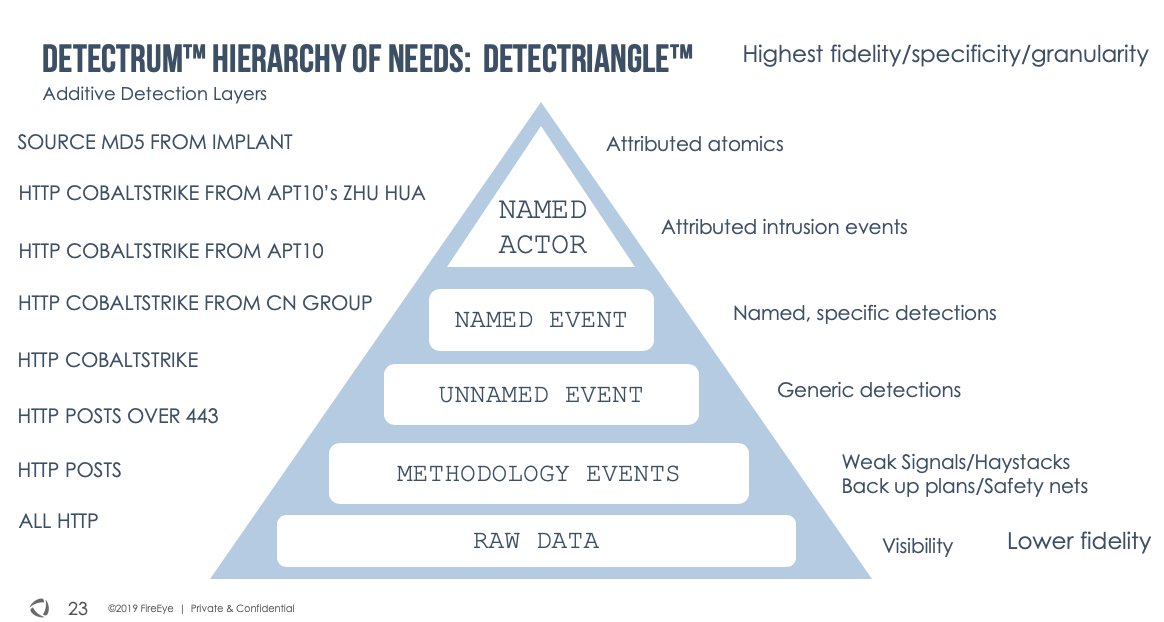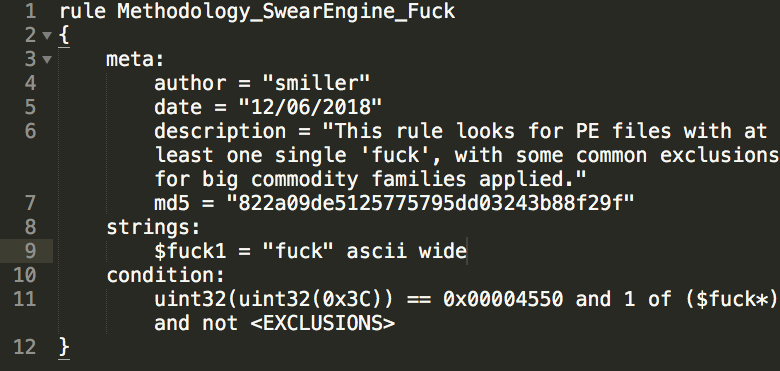
#ConventionEngine: Part Cinq - OLE Edition
ConventionEngine is *mostly* about PDBs, directory paths that reflect something about the original code project and development environment. The paths are the signal. Where else will they show up? Why, in OLE objects! Let's explore...
ConventionEngine is *mostly* about PDBs, directory paths that reflect something about the original code project and development environment. The paths are the signal. Where else will they show up? Why, in OLE objects! Let's explore...
We had a revelation that seeing an RTF with an OLE is not that crazy, but when that inside OLE has, for whatever reason, a full directory path, the whole object becomes so much more interesting. For example, RTF with OLE with C:\Users\ in it. Let's use Yara to take a measurement.
Here's a quick #dailyyara rule looking for RTFs with OLE objects with a path of C:\Users\ in it...somewhere...for some reason. This is odd, and unsurprisingly super threat dense.
gist.github.com/stvemillertime…
gist.github.com/stvemillertime…

The Convention for RTF OLEs with C:\Users\ path shows up rel to many malware families:
fireshadow
coldpot
badflick
woodslice
icefog
darkcheese
graphraft
redhawk
gingeryum
clubhouse
sodariver
wordmopper
sourdrop
doublepipe
dadstache
hawkball
bustedroad
& rel to several CVEs too
fireshadow
coldpot
badflick
woodslice
icefog
darkcheese
graphraft
redhawk
gingeryum
clubhouse
sodariver
wordmopper
sourdrop
doublepipe
dadstache
hawkball
bustedroad
& rel to several CVEs too
Convention for RTF OLEs with C:\Users\ ...by which threat groups?
unc1890
unc2155
unc1608
unc229
unc1611
apt40.izzy
unc1819
unc1986
unc1614
unc1352
unc2361
unc1687
unc1432
unc1077
unc1987
unc1449
unc1575
unc1036
unc2082
unc1890
unc2155
unc1608
unc229
unc1611
apt40.izzy
unc1819
unc1986
unc1614
unc1352
unc2361
unc1687
unc1432
unc1077
unc1987
unc1449
unc1575
unc1036
unc2082
What other ConventionEngine rules might be good? I imagine anything with *a* directory path in an OLE would be good, and beyond RTFs maybe we apply this to OOXML as well. I will continue to survey and experiment. Join the fun!
• • •
Missing some Tweet in this thread? You can try to
force a refresh





